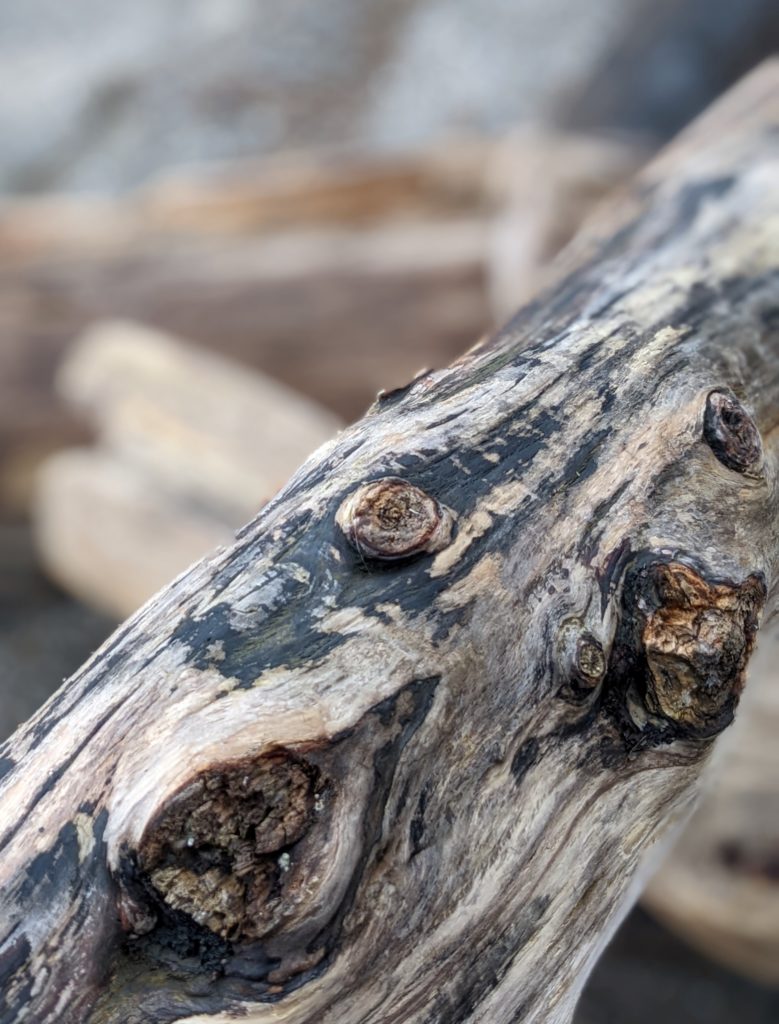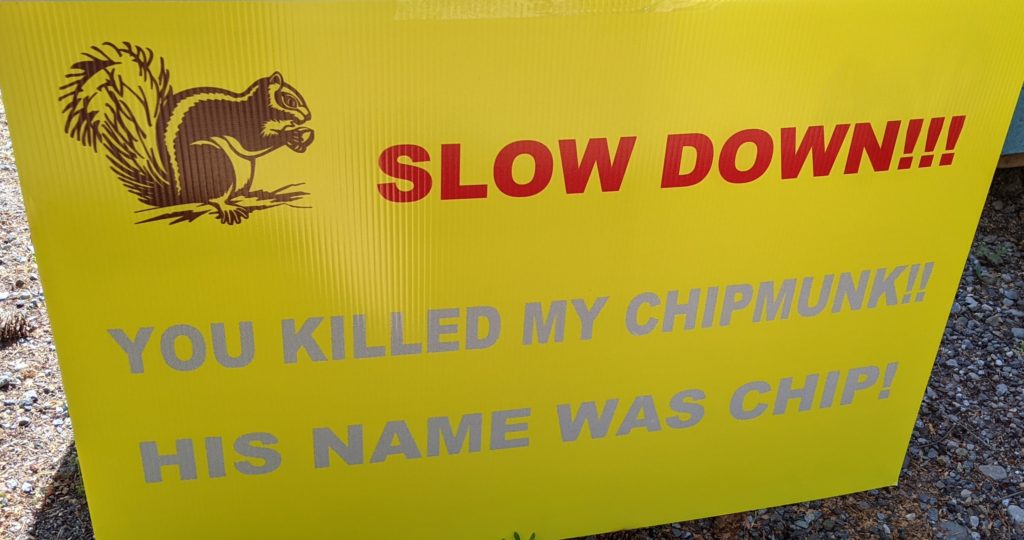This draft post from 2013 was worth my time to go revisit and read the three blog posts in the list below (two from 2006, one from 2013, one re-found via the Wayback Machine/Internet Archive – donate!) I’ve decided to pluck one thing from each list and comment on it below (in italics). These three lists, these three BLOG POSTS still open up new vistas for me. For you?
I am not a fan of lists, but I appreciate the value of the form. What I really dig is when the lists open up a new vista or light up a light for me.
- Half an Hour: Things You Really Need to Learn, Stephen Downes, 2006
- Stephen’s post still rings true, and one of his bullet points relates to a conversation-in-comments that Alan Levine, Ton Zylstra and I have been having in a recent post of mind about what we pay attention to and how we pay attention. #3, How to Read and #10, How to Live Meaningfully seen particularly salient and poignant in our times where consumerism meets climate change meets pandemic meets threats of war. What matters. I know I want to pay more attention to what matters. And WHAT MATTERS.
- Ten Things to Learn This School Year 2006 Guy Kawasaki (Via the Wayback Machine)
- I agree with Stephan that Guy’s list is more about how to succeed in business. It doesn’t inspire. But I have to chuckle when I see #2, How to Survive a Poorly Run Meeting and #3, How to Run a Meeting. We really don’t learn, do we. Why is this still an issue? Oi!
- How to Create Your Reason by Umair Haque, 2013
- Umair is regularly thought provoking and this is no exception. Plucking one from his list is as hard as plucking two from Stephens, but I’m going to hit one that has resonance for me, right now, as I reexamine my work/life. Radical Simplicity. What can I/we stop doing, right now, to make space for what matters? Creative destruction, my friends, is a super power.



